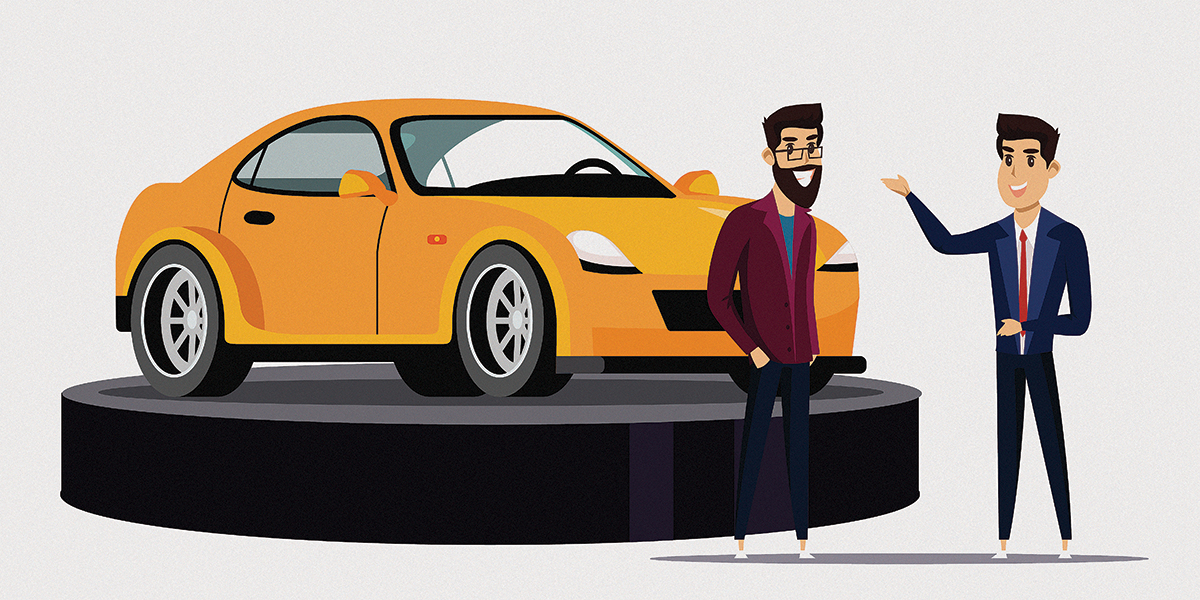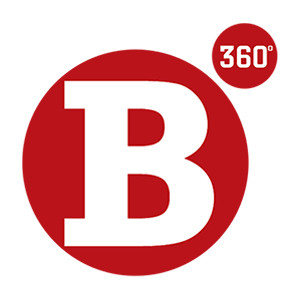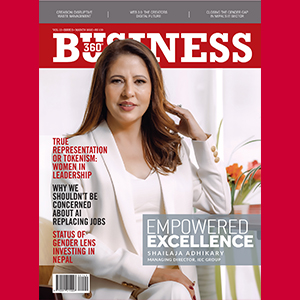
What an exhibition presents is an excellent opportunity to showcase and interact with customers and stakeholders directly. Every marketer or business owner always looks for a chance to showcase their offering at a public event with brand recognition, networking and a few lead generations at the heart of the event. Public relations (PR), as a marketing discipline, is often misunderstood and interchanged with other activities mainly networking and advertising. Still, an exhibition is a true example of PR activity in action.
Philip Kotler defines public relations as ‘building good relations with the company’s various public stakeholders by obtaining favourable publicity, building up a good corporate image, and handling or heading off unfavourable rumours, stories, and events.’ In essence, public relations, according to Kotler, is about managing an organisation’s reputation both proactively to create positive publicity and reactively to address negative situations to build positive relationships with its stakeholders. Globally auto shows are a spectacle that everyone looks forward to. They always pull crowds to see what is on offer and what’s new in the market. It is an indication of the overall economy and a gaze into the economic status of a nation. We Nepalis have always taken pride in being strategically placed in the geopolitical landscape. Today, the auto industry in Nepal is caught in this dilemma of trusted Indian brands that have ruled the Nepali market for 20-30 years and new Chinese affordable brands focused mainly on the electric vehicle category.
On August 27, Nepal’s biggest automobile association, NADA Automobiles Association of Nepal, the apex body of all things automotive, officially announced the commencement of the NADA Auto Show 2024. After a few years of absence from the Covid pandemic and economic downturn, the auto fraternity finally decided to host its flagship auto show. The exhibition’s highlight was the management of the overall event, the ticketing was smooth and the use of technology for the same was commendable. I would still have liked it if we could remove all the paper that was wasted in print and perhaps leverage technology to go paperless in the coming years.
I understand that the only large-scale exhibition venue in Kathmandu – Bhrikuti Mandap – has a disproportionately limited parking space, but I wish the organisers had the foresight to plan around the predictable fiasco that follows every event in this location. I remember in the last auto show the organisers had booked alternative parking at Tundikhel, with expeditors ferrying participants. I am sure it had its issues but at least it looked like the organisers had put in some thought then.
The first showcase was a dedicated section for two-wheelers. This year the show hosted all the major two-wheeler brands and most were showcasing new offerings. I appreciated the fact that electric brands were focusing heavily on customer education with the display of chargers and ports along with the bikes themselves. I was particularly impressed with a service offering called Gogoro – which cleverly leveraged the opportunity to create a buzz around an innovative idea of a changeable battery charging station although they did not have a commercial product yet.
In the Internal Combustion Engine (ICE) section, the use of live graffiti at Bajaj and new bike launches were a major stand out. Although I did not particularly like the holistic presentation of the stalls, Triumph and Bullet Himalayan 450 were able to create a buzz within the customer base.
This year the highlight of the show was its four-wheeler segment. The exhibition not only included launches of nine new brands but the existing brands also offered new models and designs. However, the pageantry of the event wasn’t dimmed in any measure, there was still an unmistakable air of companies taking a reserved approach to spending. I think this may be a result of the beating the auto industry has taken in the past few years mingled with the fear of going overboard with the investment in the show.
The glitz and glamour were mainly around the mid-size electric vehicles, the stalls have come a long way in terms of the use of available material mainly for build and the use of audiovisual with LED and speakers. I admire the random draw the organisers do before the exhibition but there is a distinct disadvantage to the exhibitors that get placed in the open make-shift space outside the main display hall. The look and feel of the stalls within the main hall have a greater grandeur due to a distinct height advantage compared to the stalls placed outside.
I could see a lack of ICE brands on display, but of the lot, the first car commercially assembled in Nepal currently in production, Venue, was displayed by Hyundai with the theme of nationality. Mahindra was juggling between themes of off-road ICE SUV to newly launched compact EV offerings. I was particularly looking forward to the Suzuki stall, which belonged to the current NADA president but I was disheartened by the lack of investment within the stall. When the other exhibitors were on full throttle the Suzuki stall was like a time capsule from the past.
The major new brands that have emerged in the electric four-wheeler market of Nepal are mainly Chinese players such as Kaiyi, Skywall, Neta, Dongfeng Nammi, Riddara, LeapMotor, BAW, Volts, Jaecoo, Xpeng, Zeekr and Avatr. All these brands are new names in the market and have a lot to prove but the pure price attractiveness due to favourable EV policy by the government, is working in favour of the customers. Well-known brands like BYD, MG and Tata will be the flag bearers of the EV boom that we are seeing in the market. The highlight of the segment was the display of the MG Cyber Star, BYD Sea Lion and mini Tata Punch.
While personal automobiles were at the forefront, this year even the commercial segment including micro-bus and vans have taken the spotlight. There were 130 stalls showcasing vehicles and products from the automobile industry, including stalls from banks and financial institutions and food. There were 19 brands of two-wheeled vehicles and 12 brands of commercial vehicles including micro-bus and vans displayed at the event.
As I started this write-up with the definition of PR as an important element in marketing, the rise of affordable EVs has presented a PR dilemma for the auto industry and us customers. I remember during my early days in event management as a young teenager coordinating the launch of Cosmic Yin-Yan the first bike manufactured in Nepal in collaboration with a Chinese company. The fanfare around Chinese bikes started with a boom and ended with a puff. The majority of the populace chose the Indian imported bike option as more trustworthy.
Today, this NADA Auto Show has presented the same question: Will the Nepali audience accept and switch to affordable Chinese electric vehicles, from the years of dominance of Indian ICE vehicles? I am personally excited to see where the auto industry will head towards in the next few years.
How will the major stakeholders, mainly the government, view the industry? Will it continue to be a luxury industry or a basic necessity? Will the government change its stance on clear support for EV imports and continue to discourage ICE vehicle consumption?
An article that was supposed to be an analysis of the branding efforts at NADA turned into a commentary on all things auto with the hope that an industry that has suffered massively in the last five years will see a serious bounce in the newfound optimism that was present at NADA Auto Show 2024.



